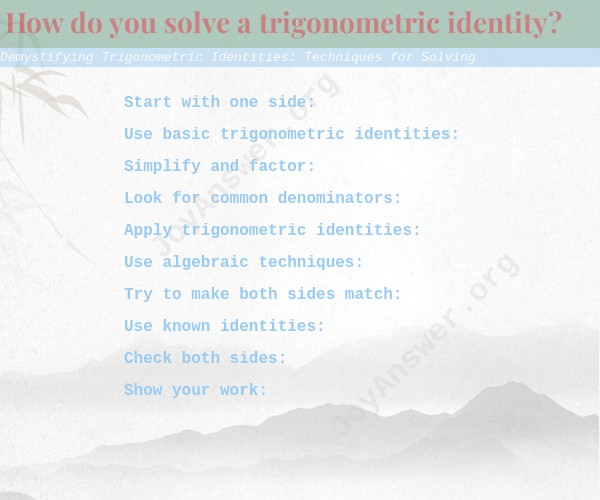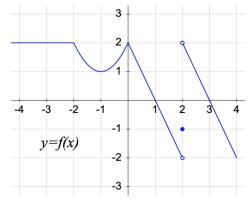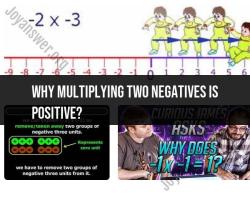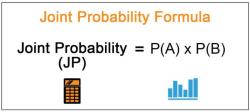How do you solve a trigonometric identity?
Solving trigonometric identities involves manipulating trigonometric expressions to prove that one side of the identity is equal to the other side. Here are some common techniques and steps to solve trigonometric identities:
Start with one side: Begin with the more complex side of the trigonometric identity. Choose the side that looks more challenging to work with.
Use basic trigonometric identities: Familiarize yourself with basic trigonometric identities such as Pythagorean identities, reciprocal identities, and quotient identities. These can be used to simplify expressions.
Simplify and factor: Try to simplify both sides of the equation by factoring, canceling terms, or using trigonometric identities that make the expression simpler.
Look for common denominators: If there are fractions involved, try to find common denominators and combine the fractions into a single expression.
Apply trigonometric identities: Apply trigonometric identities that can help you simplify the expression. For example, use the Pythagorean identity (sin²θ + cos²θ = 1) to replace one trigonometric function with another.
Use algebraic techniques: Don't forget algebraic techniques like factoring, expanding, and simplifying using algebraic rules when dealing with trigonometric expressions.
Try to make both sides match: Your goal is to simplify both sides of the identity to the point where they match. Sometimes this involves clever substitutions or algebraic manipulation.
Use known identities: If you encounter trigonometric functions with well-known values, substitute those values. For example, the sine and cosine values for common angles (0°, 30°, 45°, 60°, 90°) can often be substituted directly.
Check both sides: Once you believe you have simplified both sides to match, double-check your work by confirming that both sides of the identity are indeed equal.
Show your work: When you've successfully solved the identity, be sure to show all your steps and reasoning for clarity.
Remember that solving trigonometric identities requires practice and a good understanding of trigonometric concepts and identities. It's also helpful to be patient and persistent when working on these problems, as they can sometimes be challenging.











